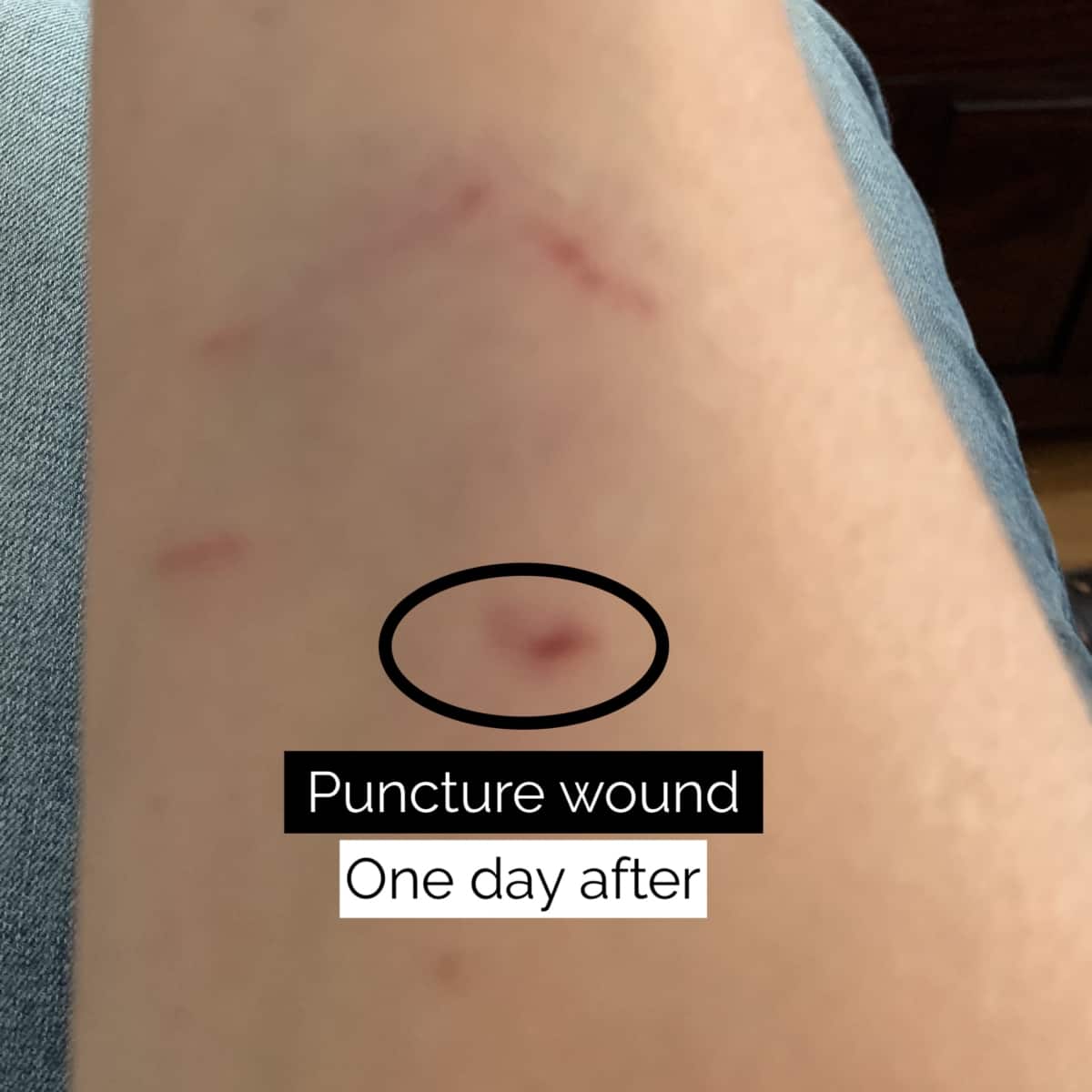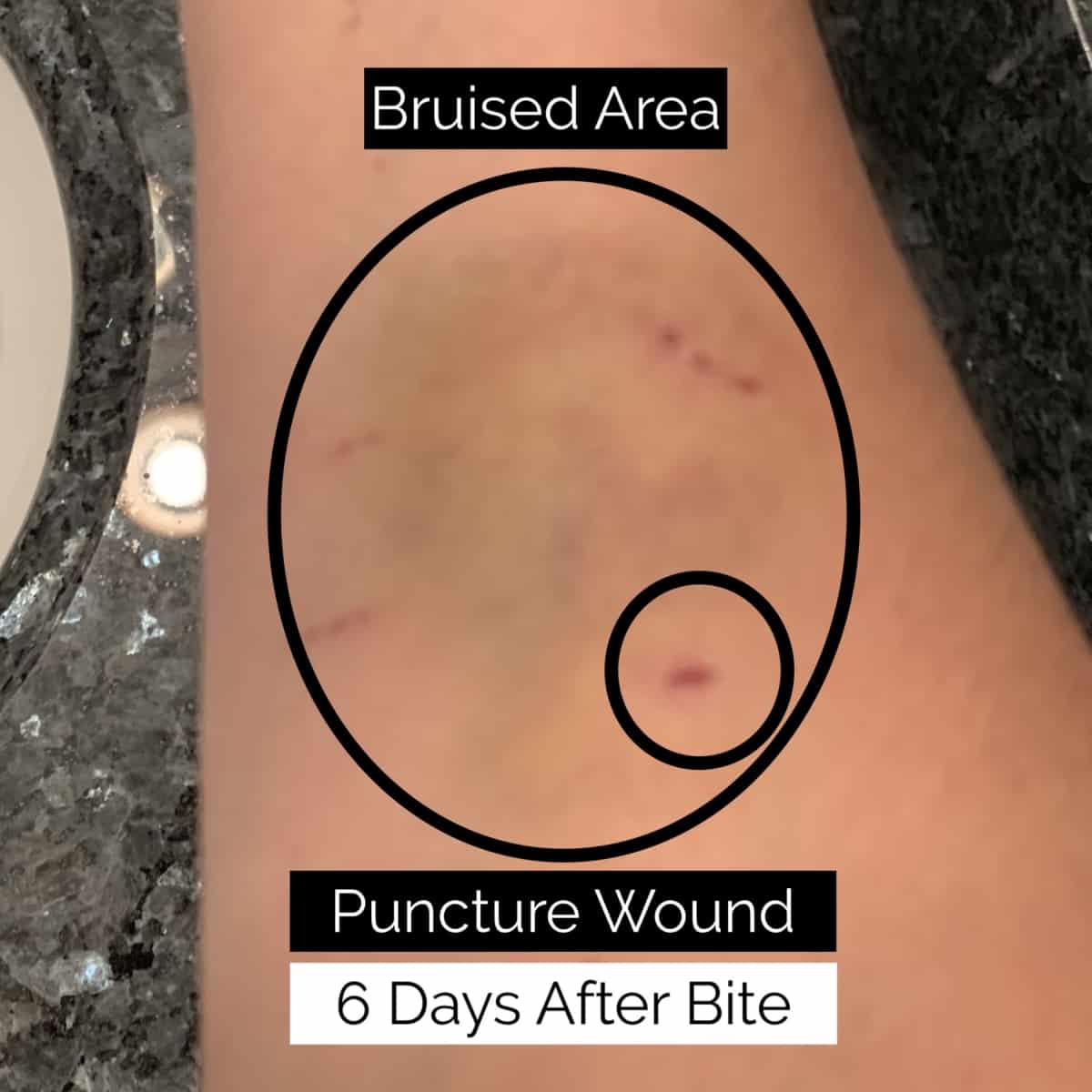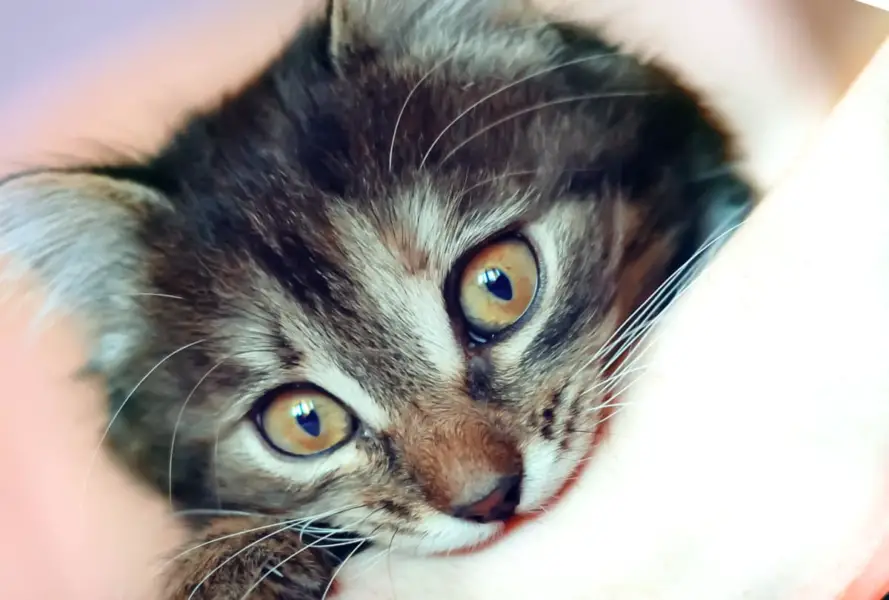All Cat Bites Should Be Taken Seriously
If you’re a long-time cat owner or volunteer with cats, it’s likely that you’ve been bitten or scratched by a cat at some point. I’ve had cats since I was 8 years old and I have experienced cat bites a least a dozen times with no ill effect – until recently – which is what prompted this post.
Cat fights in our house are rare – but they happen.
Two of my cats got into a nasty scuffle (no one was hurt, except me). One of my cats was clearly the aggressor and was going after the other cat. I quickly glanced for a towel or blanket to toss onto one of them to protect them from the other but I couldn’t find one in a timely manner. In order to break up the fight, and prevent any injury or mental trauma, I got in the middle of the fight and I got attacked.
The cat (who shall remain nameless), jumped up and latched on to my arm and punctured the skin. I grabbed her by the scruff and supported her body with my other arm and brought her into a bedroom to let her cool down. Then I went to the bathroom to wash the area with soap and water. It was painful, and the worst bite I’ve ever experienced, but I didn’t think much of it. Cat bites happen. Life goes on.
Within an hour, I developed a large bruise about 2 inches long and an inch wide that visibly swelled up. My husband and I proceeded to go out for dinner as we had previous plans and separated the aggressive cat in a bedroom with food, water and a litter box to ensure that everyone would be safe while we were out of the home.


When I got home from dinner, the area on my arm where I was bitten was extremely tender and hot to the touch. I decided not to mess around and schedule an appointment with my doctor to see if antibiotics were warranted. That night, I cleaned the cat bite wound again, applied bacitracin ointment, which is recommended for cat bites, and wrapped it in gauze for the night.
Am I Overreacting?
Well, consider this news story about a woman who was licked by her German Shepard dog and became extremely sick, septic and ended up in the emergency room. Nine days later, she woke up in her hospital bed with no hands and no legs. Due to the infection that went untreated, she sadly and tragically lost her limbs.
“[The patient] contracted a rare infection from the bacteria capnocytophaga canimorsus, probably when her German shepherd puppy, Taylor, licked an open cut.”
My Doctor’s Visit
The Content is not intended to be a substitute for professional medical advice, diagnosis, or treatment. Always seek the advice of your physician or other qualified health provider with any questions you may have regarding a medical condition.
I saw the doctor the next day, roughly 20 hours after the incident. The visit transpired as follows:
- Cat Vaccinations: My physician asked if my cat has been vaccinated and asked for proof of rabies vaccination. Apparently if you aren’t able to show rabies vaccinations, your pet can be quarantined to ensure they aren’t carrying any diseases (in some areas of the country). I explained to my vet that my cat had her vaccinations (I went there with proof) and that she is a 100% indoor cat. This is another reason to vaccinate your pets.
- Human Vaccinations: She checked my tetanus shot status. I had my booster a couple of years ago, so I was good to go. Had I not been up-to-date on my tetanus shot, she was going to give me one.
- Antibiotics: She prescribed a week-long course of antibiotics to ensure that any bacteria injected into my arm would not get out of hand.
Cat Bite Home Care Instructions:
- Keep the area clean. Wash with regular soap and water.
- Use hydrogen peroxide to help clean the wound.
- Apply bacitracin. (Don’t confuse bacitracin with Neosporin. Bacitracin is supposedly the better of the two for cat bites. Check with your doctor though.)
- Apply warm compresses to keep any resulting infection localized.
- Take the full course of antibiotics.
- Call the doctor if any new symptoms appear (like fever) and/or if the wound isn’t healing.
Don’t Use Your Hands To Play With Cats
Speaking of cat bites… don’t use your hands to play with your cat. We know it can be tempting to have your cat chase your hands or fingers, but what’s really happening is you’re teaching your cat that ALL hands are toys. The result? Your cat bites strangers who attempt to pet him/her. Hands aren’t toys. Invest in some fun cat toys and teach your cat what appropriate play is.
The moral of the story? Don’t take a chance. If you’re bitten by an animal, see a doctor immediately. The treatment is relatively benign when you treat a wound early. By contrast, a “wait and see” attitude could get you into trouble. Wounds could need draining and infections become harder to treat. Keep a tube of bacitracin at home at all times and use it for any cat bite or scratch. Bacitracin can also be used on cats that have a minor wound.
Have you been bitten by your cat or another animal? How did you treat it?
This blog contains affiliate links. For more information about third-party advertising on this site, please click here.
